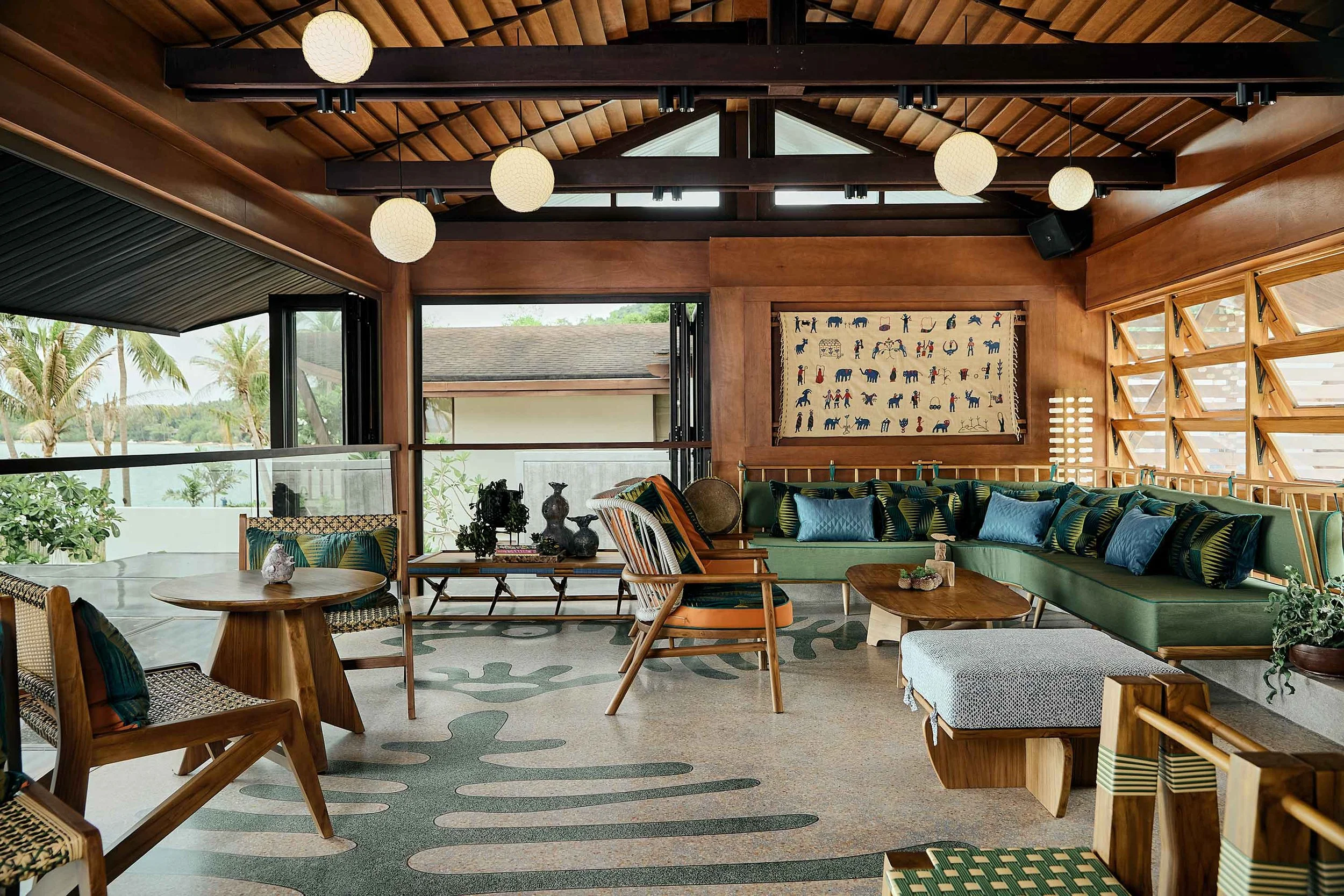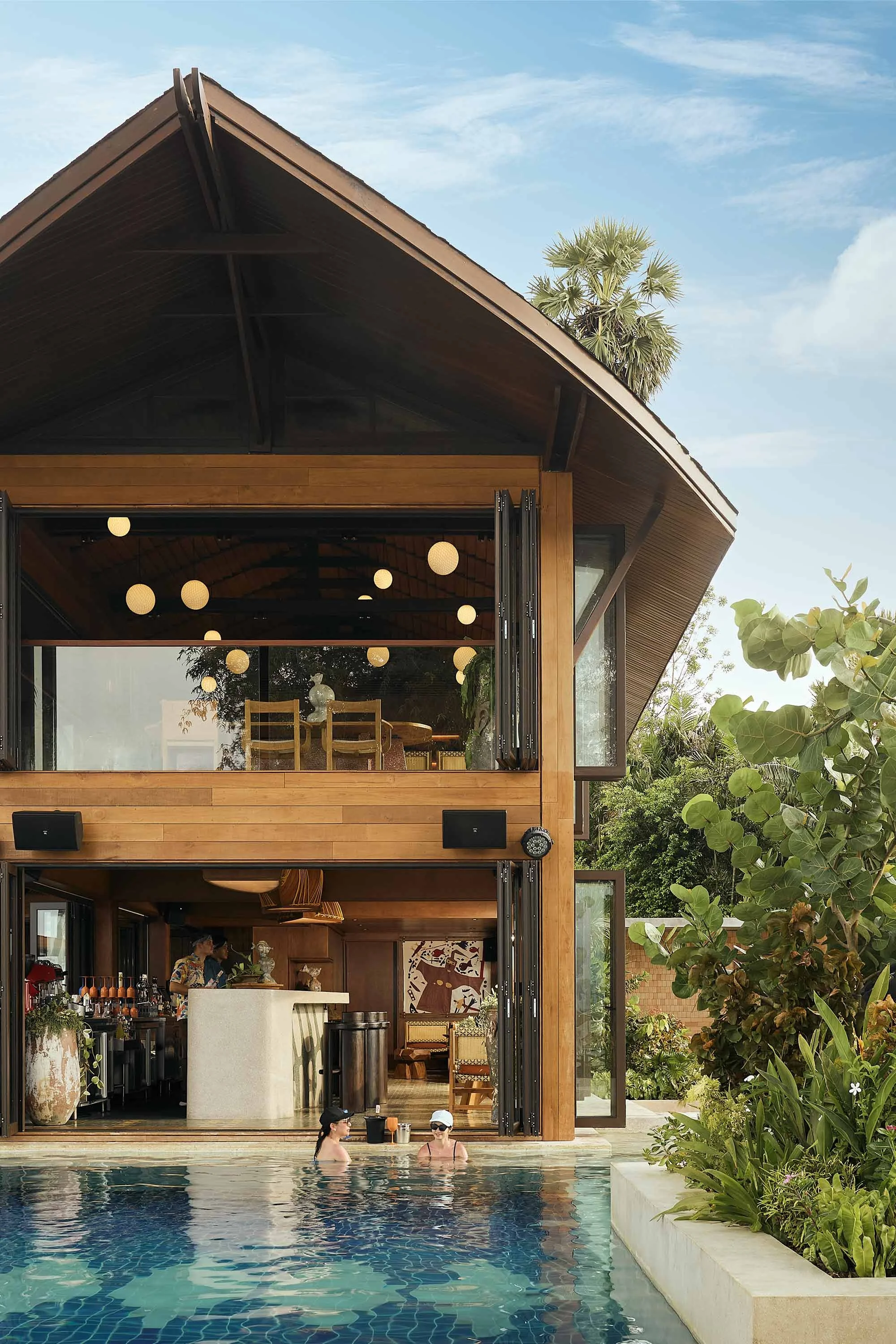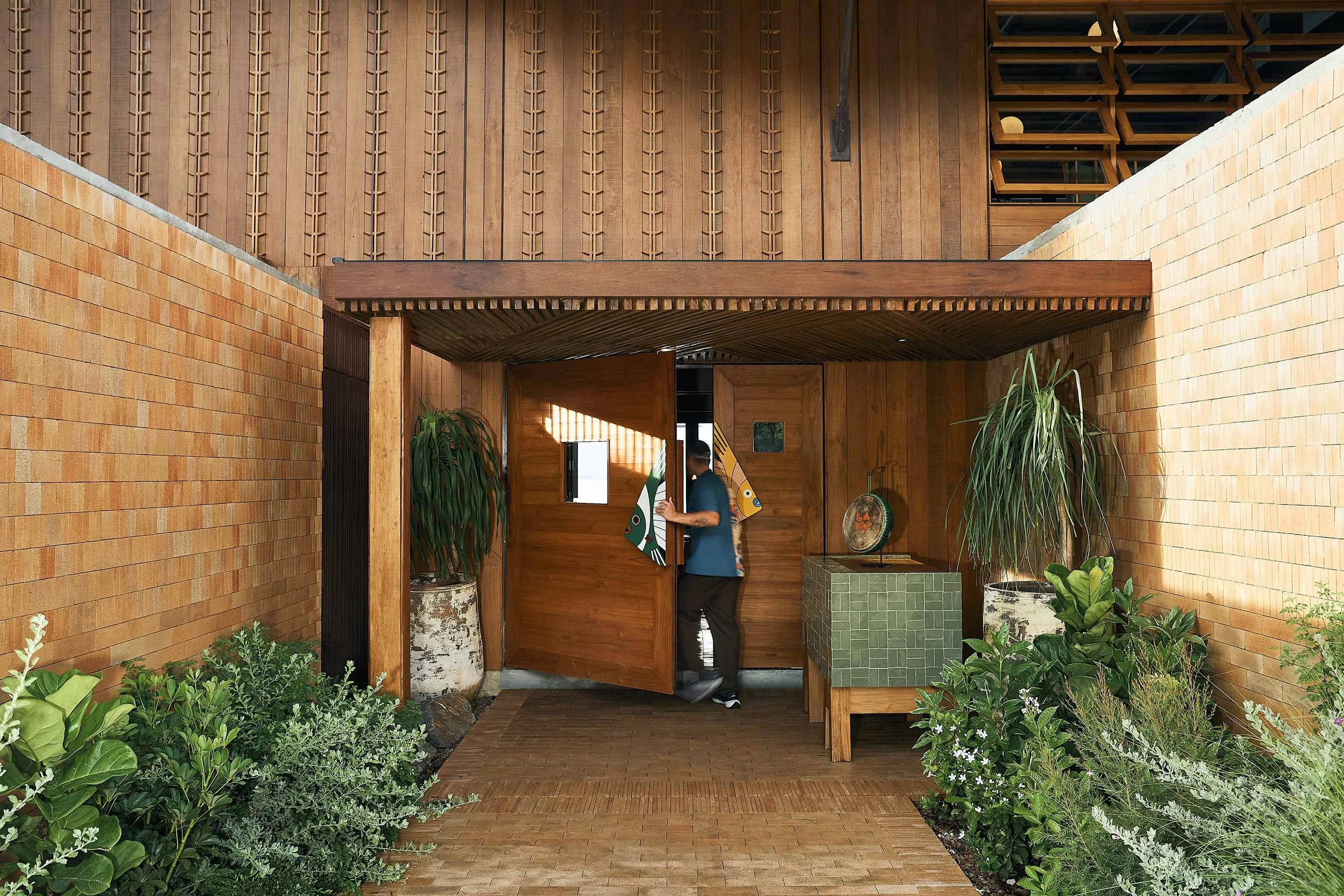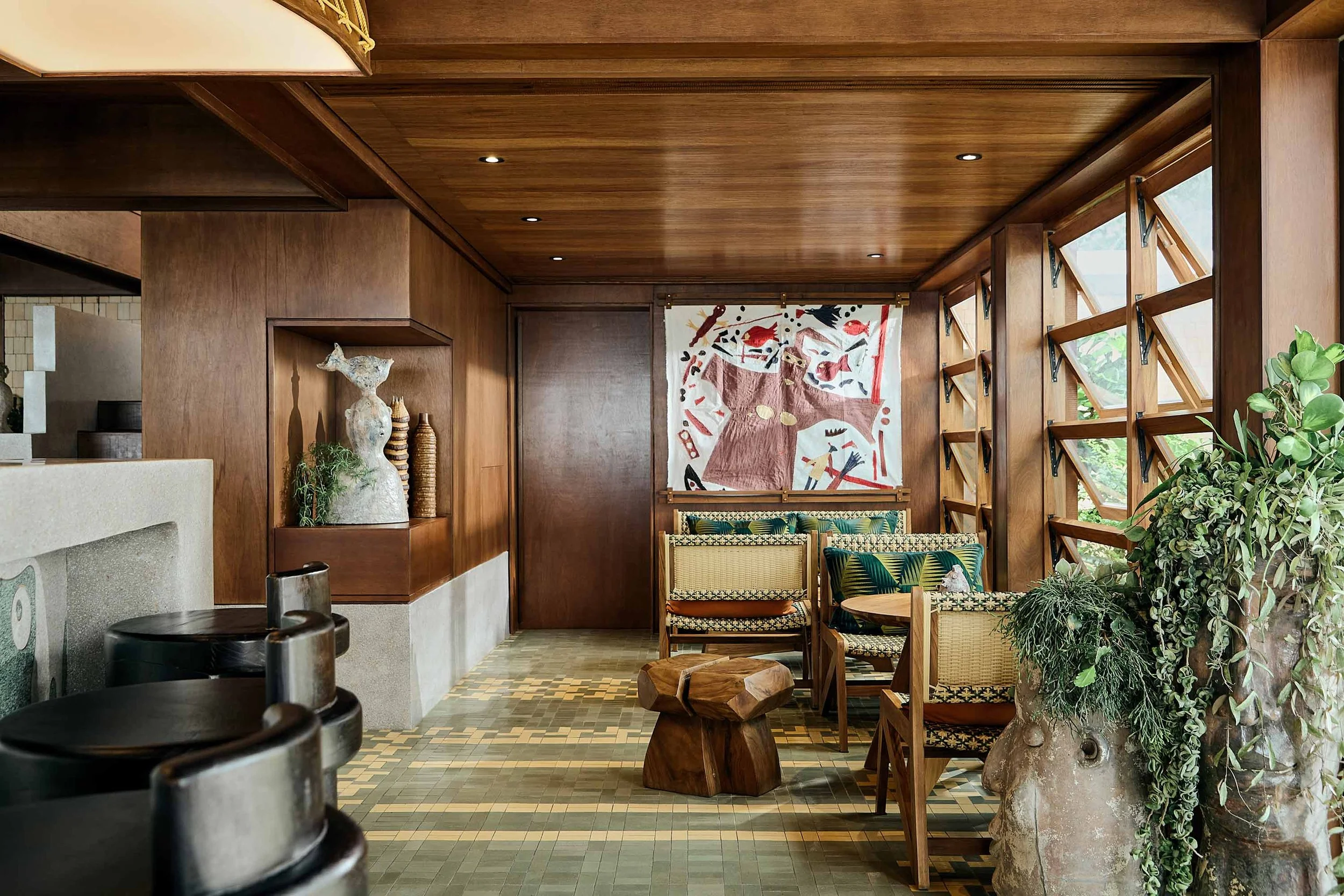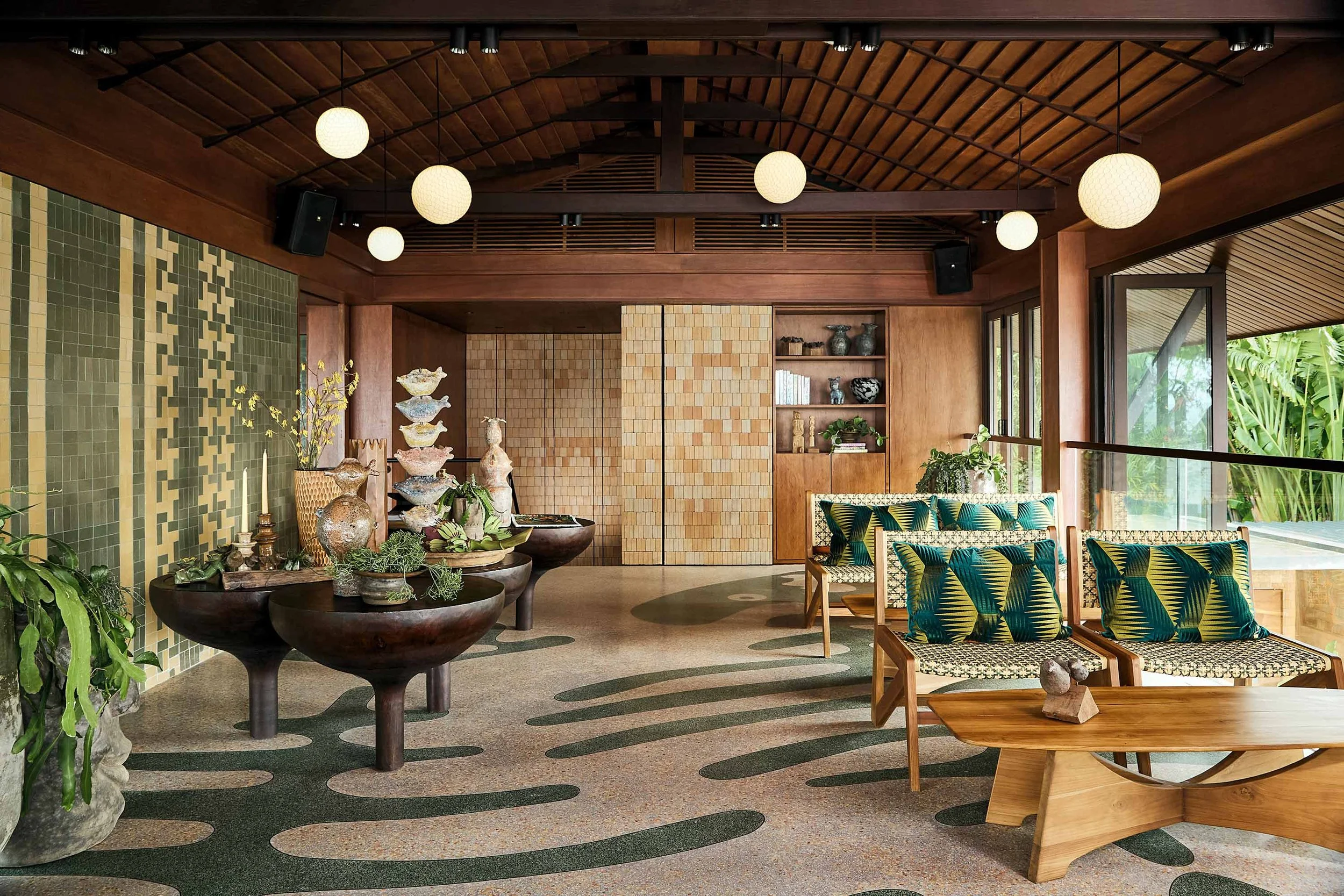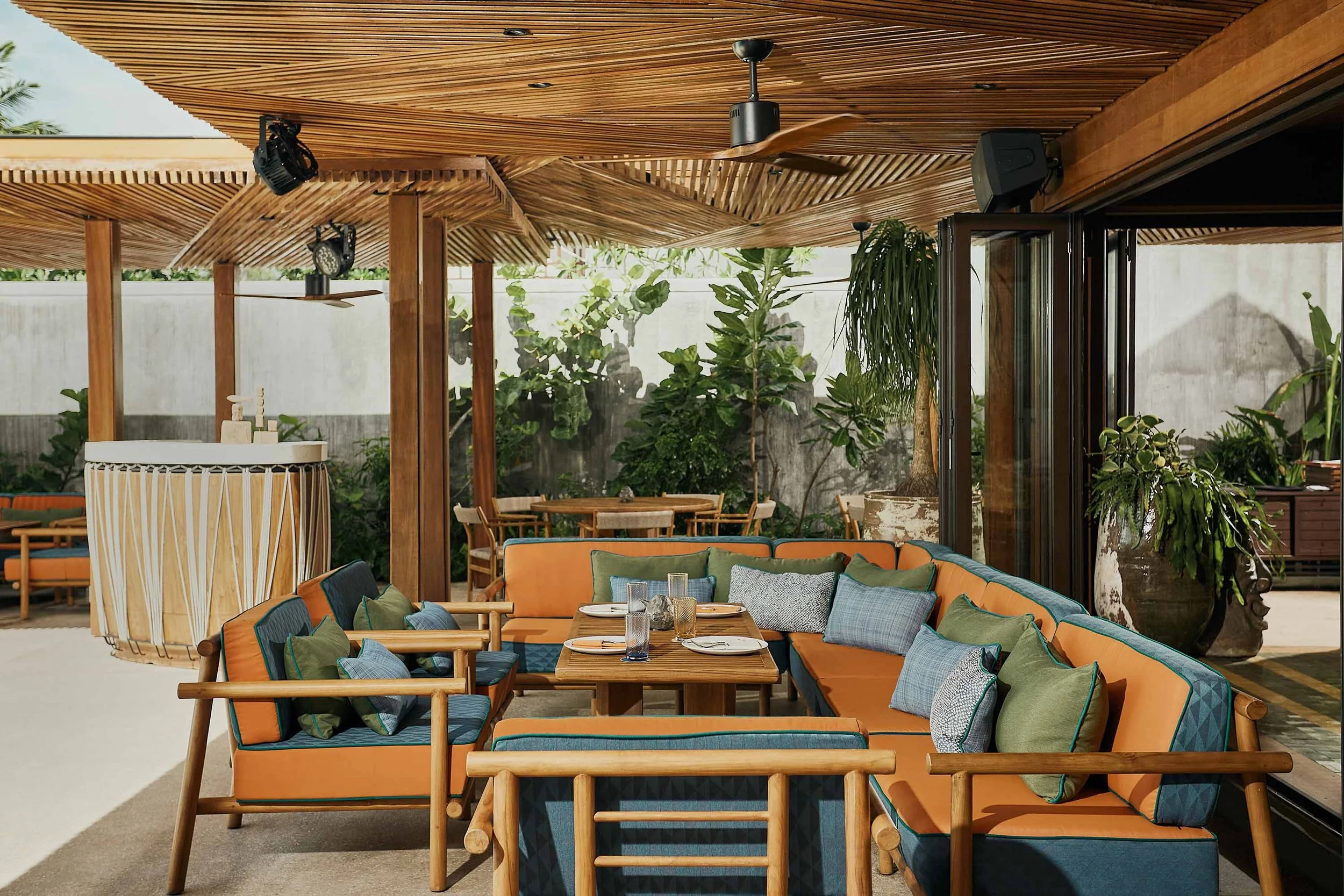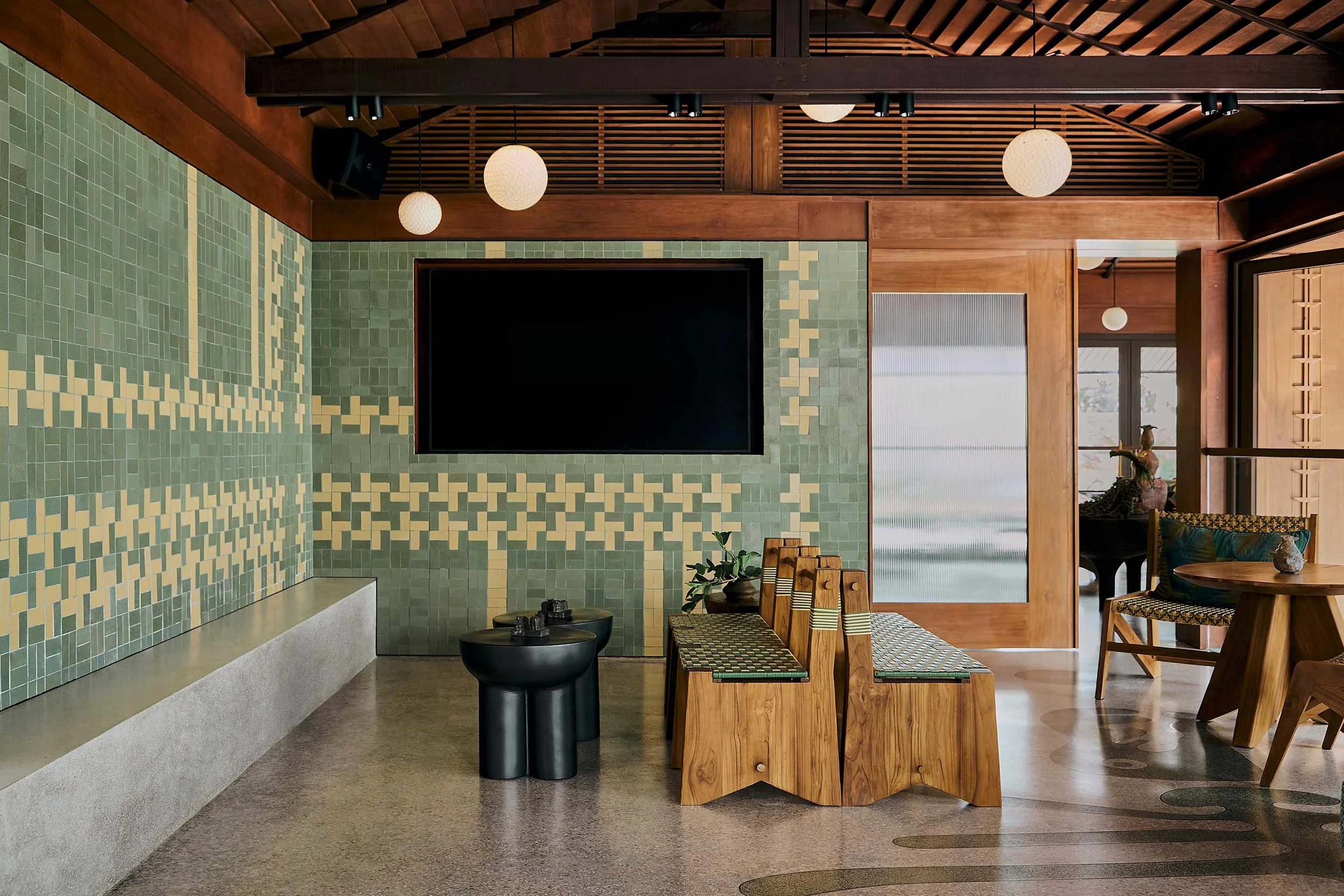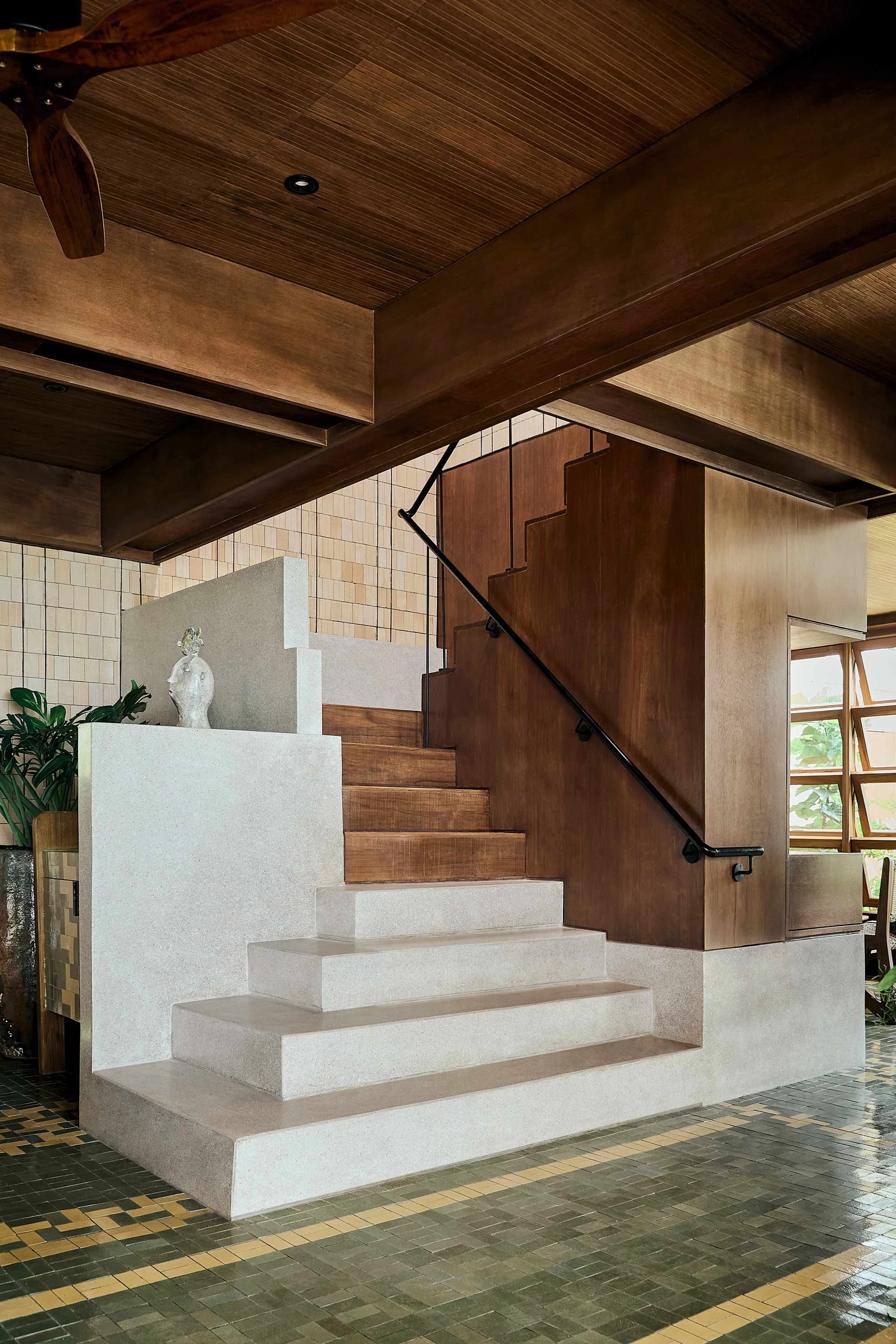Island-Style Dining at Laku Beach Club
Taking over a former holiday villa, Laku Beach Club is a new beachside restaurant in Barceló Coconut Island that pays homage to the area’s traditional island culture and heritage. Studio Locomotive design director Thanart Chanyu shares more
Design Anthology: How did you first meet the client?
Thanart Chanyu: We first met Tom Gordon in 2016, even before we opened our studio. We later completed our first project, Koko Restaurant, with him in 2017, followed by other renovations that Tom led for The Village Coconut Island Resort, which is now Barceló Coconut Island. This latest conversion, Laku Beach Club, is one of five dining venues we designed for him.
What was the brief to you for the project?
Laku Beach Club is a repurposed former vacation villa. The space comprises 300 square metres of interior space and 420 square metres of pool deck area. Our challenge was to transform an intimate living space into something vibrant and dynamic that embraces its beachfront setting, all while maintaining the existing architectural framework.
What’s great about the neighbourhood and what makes the location unique?
The local villagers on Coconut Island are descendants of nomadic fishermen from the Andaman coast, who carried unique traditions that flourished from their experiences with and deep reverence for nature and ancestral wisdom. Though the community's livelihood has changed due to modern socio-economic developments and only some elderly members continue to fish for a living, their seafaring heritage and beliefs are still reflected in their ceremonies and folktales.
How did you approach the project — what design references or narrative did you try to incorporate?
We wanted to create a space that pays homage to traditional nomadic island life. The name Laku means ‘rhythm of a song’ in the Urak Lawoi language and we wanted to reflect that sense of recreation and conviviality in our design.
For example, on the exterior walls, we included bands of thorn-shaped skewers in the woodwork that mimick the long, spiny leaves of seashore screw pine trees, which grow along equatorial coastlines. In this region, island women traditionally wove intricate floor mats from dried, thin shreds of screw pine leaves, and the woven patterns on the restaurant’s rattan furniture and mosaic clay tiles are adapted from these woven mat motifs.
Most finishes and furniture are custom made to express traditional sea nomads’ craft and folk wisdom. The notion of ‘raw process’ reveals itself in rough carving, traces of gnarls, unforced shades of fired clay and the solidity of furniture and decorative artifacts.
Do you have a favourite element or design detail in the architecture or interiors?
I took great joy in seeing our team experiment with the gigantic angelfish door handles made from carved wood. It’s not often that we get to go crazy with hardware items and these make the perfect first impression for this beach club.
I also love the mosaic clay tiling patterns of yellow and green tiles that were laid piece by piece on floors and walls to suggest the patterns of woven floor mats made from dried screw pine leaves — the intricate process was reminiscent of how sea nomad women made floor mats as decorations for their homes.
Images by Pichan Sujaritsatit

